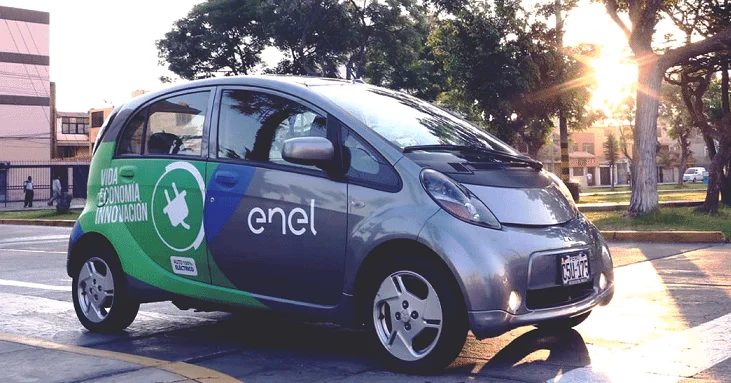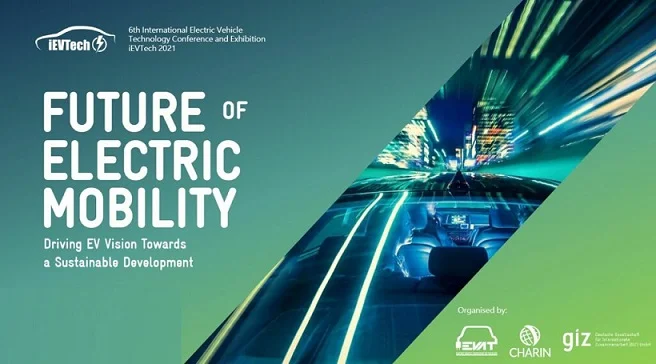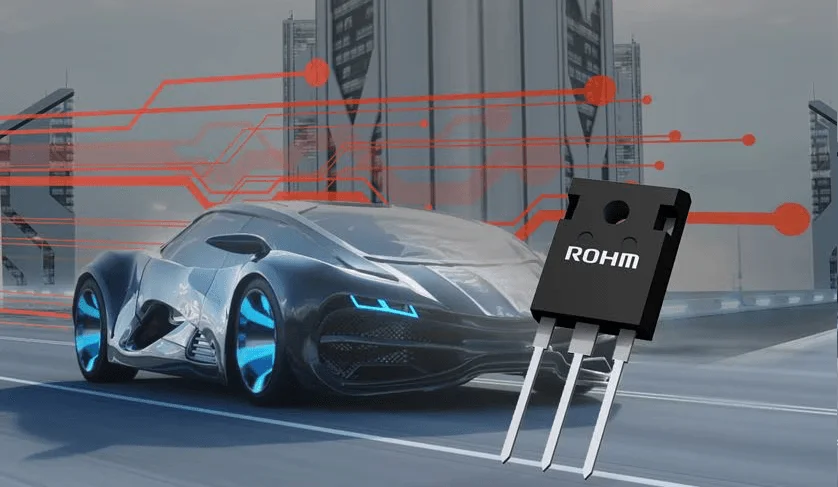The term “e-mobility,” or electric mobility, describes the next phase of transportation. It includes a wide range of alternative transportation options such as electric vehicles (EVs). The way we travel might be altered by these battery-powered cars.
Choosing electric vehicles is a significant step towards a sustainable and environmentally conscious future that extends beyond simple technological progress.
Must Read: Improve Safety With The Use Of A Vehicle Tracker
What is Electric Mobility?

Electric mobility entails the utilization of electric vehicles (EVs) and other electric transport solutions. These EVs are energized by batteries, emitting zero tailpipe emissions. This attribute makes them a more sustainable substitute for conventional gasoline-powered vehicles.
The Promise of Electric Mobility
The prospects for electric mobility are exceedingly promising. EVs are no longer confined to niche markets; they are becoming mainstream and economically viable. Governments and businesses worldwide are making substantial investments in EV infrastructure and technology. Consequently, we can anticipate a substantial surge in the adoption of electric mobility in the foreseeable future.
How do Electric Vehicles Operate?
Electric vehicles function on a distinct principle compared to conventional gasoline-powered vehicles. A grasp of the fundamental mechanics is essential for comprehending the advantages and challenges of electric mobility.
1. Electric Motors and Batteries
EVs employ electric motors for propulsion, drawing power from batteries housed within the vehicle. When these batteries deplete their charge, they can be conveniently recharged. Furthermore, EVs employ regenerative braking systems to capture energy during deceleration, thereby optimizing efficiency.
2. Charging and Regenerative Braking
Electric vehicles can be recharged at home, at charging stations open to the public, or at rapid-charging stations. Additionally, the novel regenerative braking technology turns the motion energy lost during braking into electrical energy, recharging the battery.
Diverse Electric Vehicle Types
Electric mobility refers to a broad range of automobiles, from little electric cars to more substantial alternatives including buses and trucks. Even the development of electric commercial vehicles, such as delivery vans and trucks, is a result of the advancement of electric mobility.
Advantages of Electric Vehicles
Electric vehicles present numerous benefits, rendering them an appealing choice for environmentally conscious consumers and budget-conscious individuals.
Reduced Emissions
A primary advantage of electric mobility is the substantial reduction in emissions. EVs produce no tailpipe emissions, significantly enhancing air quality and contributing to a noteworthy reduction in greenhouse gas emissions.
Lower Operating Costs
Electricity is considerably more cost-effective than gasoline, resulting in reduced operational expenses for EV owners. Charging an electric vehicle typically costs less than refueling a gasoline-powered counterpart.
Minimal Maintenance
EVs feature fewer moving components compared to traditional gasoline-powered vehicles, translating into reduced maintenance requirements. This lowers long-term ownership costs.
Enhanced Performance
Electric cars are well known for their exceptional handling and acceleration qualities. The electric motor’s rapid torque makes for a powerful and smooth driving experience that frequently outperforms that of cars with petrol engines.
Also Read: From Dream To Reality: Exploring the Euro Star Car
Challenges and Opportunities
The rosy future of electric mobility does not come without its share of challenges. Identifying and addressing these obstacles is pivotal for the widespread adoption of electric mobility.
Cost Considerations
One of the primary hurdles is the initial purchase cost of EVs. While the price gap is narrowing, electric vehicles still command a higher upfront investment compared to conventional vehicles.
Range Limitations
Electric vehicles possess a restricted driving range on a single charge, which can be a source of concern for some drivers. Overcoming the fear of running out of power, often referred to as “range anxiety,” is a challenge the industry must confront.
Charging Infrastructure
To foster the growth of electric mobility, an urgent need for additional public charging stations exists. Widespread access to charging infrastructure is essential for the convenience and feasibility of EV ownership, including those in charging stations tampa.
Growth Opportunities
Despite these challenges, numerous opportunities arise with the shift toward electric mobility. The electric vehicle market is experiencing rapid growth, resulting in increased demand for EV batteries and related components. This growth is generating new employment prospects and economic opportunities within the EV sector.
The Future of Electric Mobility

The future of electric mobility shines brightly, with a host of exciting developments on the horizon. As the industry matures, we can anticipate significant changes that will render electric mobility even more accessible and appealing.
Affordability on the Rise
The cost of electric vehicles is projected to continue declining in the coming years, rendering them accessible to a broader consumer base. Economies of scale will make EVs a cost-effective option for many.
Extended Driving Ranges
Advancements in EV battery technology are occurring at a rapid pace. Consequently, we can expect EVs with significantly enhanced driving ranges, alleviating concerns about range limitations.
Expanding Charging Infrastructure
In the near future, we anticipate a substantial increase in the number of public charging stations, including those in Charging station Tampa. This infrastructure expansion will facilitate convenient and reliable charging for EV owners.
Diverse Electric Vehicle Applications
Electric mobility will extend beyond passenger cars. The development of new EV applications, including electric trucks, buses, and motorcycles, will cater to a wider range of consumer needs.
The Advent of Autonomous EVs
Future transportation is expected to heavily rely on automated electric vehicles. Autonomous technology and electric mobility together offer more convenient, safe, and effective modes of transportation.
Conclusion
The future of electric mobility is undoubtedly promising. The shift to electric transportation is well under way thanks to significant investments in infrastructure and technology. As well as the growing affordability and accessibility of electric vehicles. There are many benefits to electric mobility, such as lower running costs, less pollutants, and better performance. Even if there are still issues with initial pricing and charging infrastructure, these are being aggressively worked on.
FAQ’s
Q1. What are the main problems associated with the shift to electric mobility?
The key challenges encompass the initial cost of electric vehicles, limited driving ranges, and the need for an extensive charging infrastructure.
Q2. What trends can we anticipate in the future of electric mobility?
Anticipated trends include increasingly affordable EVs, extended driving ranges, a proliferation of charging stations, the development of diverse EV applications, and the integration of autonomous technology.
Q3. How is the government supporting the growth of electric mobility?
Governments worldwide are providing incentives, subsidies, and investments in charging infrastructure to promote the adoption of electric mobility, thus expediting the transition to sustainable transportation solutions.











